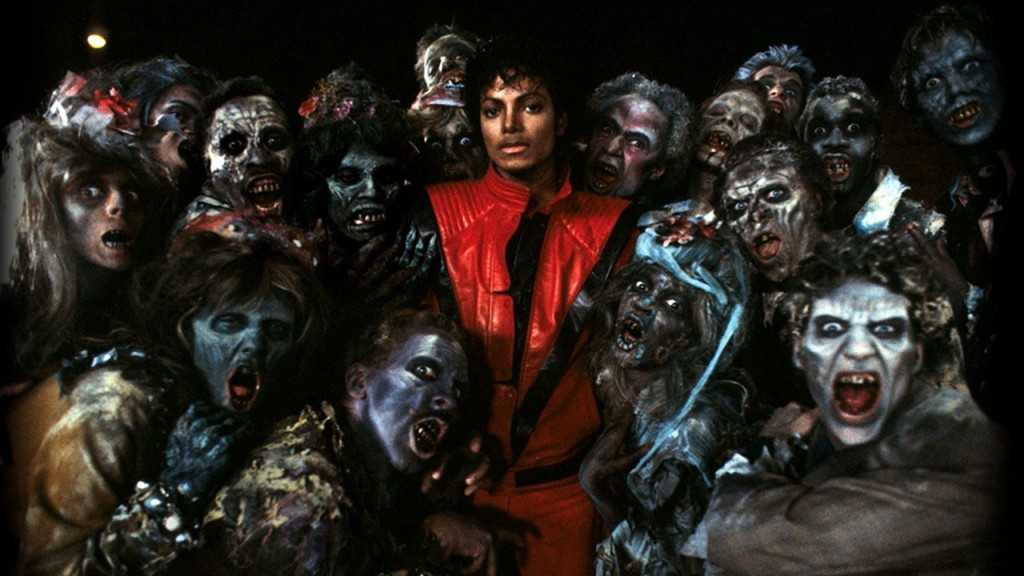What you may not know about the video that became a cultural phenomenon
By Clive Ramroop, Contributor
On December 2, 1983, MTV broadcast the world premiere of a certain music video to an unsuspecting television audience. Since then, “Thriller” became embedded into the public consciousness, with the werewolf transformation, the dancing zombies, the Vincent Price laugh, and the triangular red jacket still familiar to the general public decades later.
At press time, there has been no announcement by Sony, the Michael Jackson Estate, or other relevant parties about a formal anniversary celebration for the video. However, we at the Other Press will mark this occasion with some trivia about “Thriller” that you might not know.
“Thriller” was inspired from An American Werewolf in London, a comedy-horror film directed by John Landis. At that time, motion picture directors did not film music videos; discussion between Jackson and Landis led to the idea of creating “Thriller” as a short motion picture rather than an ordinary music video.
The video would be shot on 35mm film, and worked on by film industry professionals. Even the horror-style music was composed by Elmer Bernstein, who also scored An American Werewolf in London. Landis’ wife Deborah, who worked on Raiders of the Lost Ark, was the costume designer; she created the famous red jacket to make Jackson look more “virile” due to his extremely thin physical stature.
Production of the short film exceeded the original budget, becoming the most expensive music video of the time. An accompanying behind-the-scenes documentary would be filmed and sold to networks to offset the rising costs. MTV, Showtime, and Vestron Video offered financial help on several conditions: MTV would have exclusive rights to air the documentary; Showtime would have the pay-cable rights; Vestron would distribute the home video, already anticipating high profits before its release.
Despite the “Thriller” video and Thriller album easily being number one hits, the “Thriller” song peaked at only number four on Billboard’s Hot 100 Singles chart. It did hit number one in a few European countries, however.
By summer 1983, the album’s sales were declining, dethroned from the number one spot by the Flashdance soundtrack and The Police’s Synchronicity. The broadcast premiere of the video thrust the album back to a second extended reign at number one, and broke the record for the world’s biggest seller.
Ever wonder about that opening disclaimer? When word about the video reached the elders of the Jehovah’s Witnesses (Jackson’s religion at the time), they accused him of promoting the occult. Fearing expulsion, Jackson contacted his management to destroy the video before its release. A compromise was met, leading to the disclaimer, “Due to my strong personal convictions, I wish to stress that this film in no way endorses a belief in the occult.”
Jackson once sold the rights to produce a Broadway-style musical based on the video. The project was stalled due to Landis’ lawsuit over several years of unpaid royalties. A few months before Jackson’s death, a similar lawsuit was filed by Ola Ray, who played Jackson’s love interest in the video.
“Thriller” is the only music video preserved in the US Library of Congress’ National Film Registry, an archive dedicated to “culturally, historically, or aesthetically significant films” to American heritage. Put into perspective, “Thriller” is in the same company as The Wizard of Oz, Casablanca, Ben-Hur, The Godfather, Star Wars, and Forrest Gump. The video’s induction occurred in December 2009, six months after Jackson’s death.


